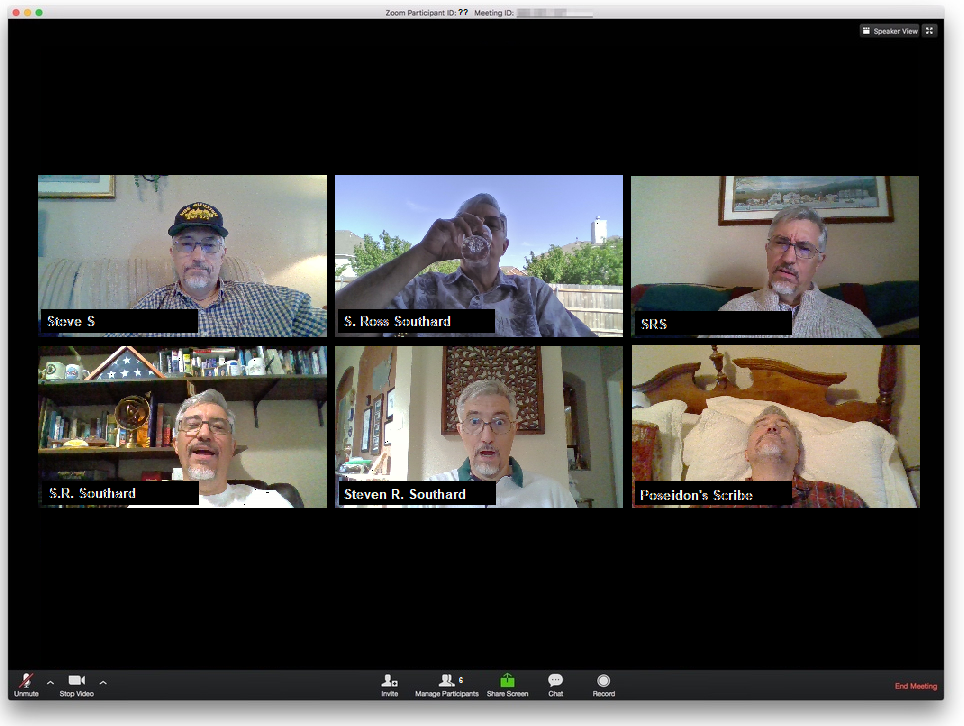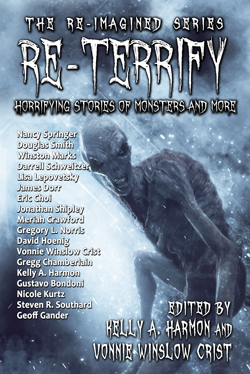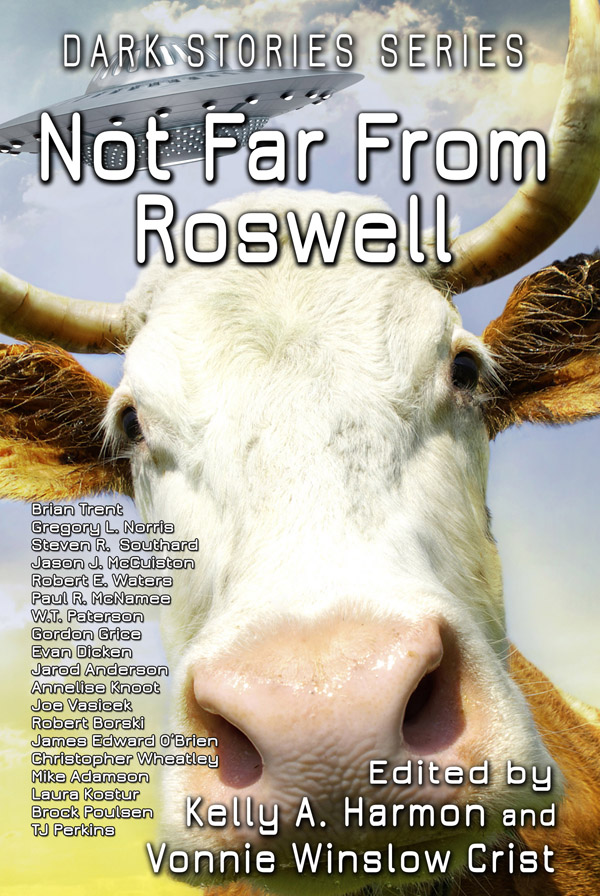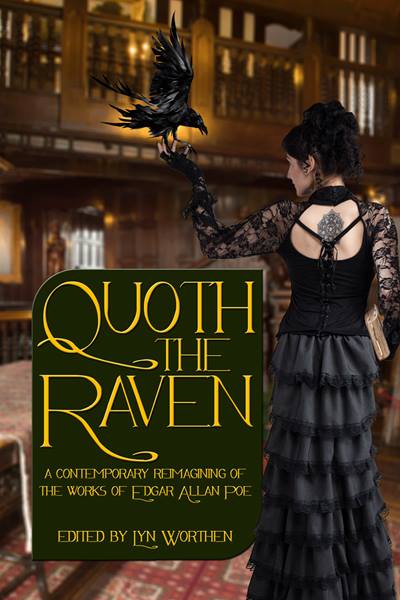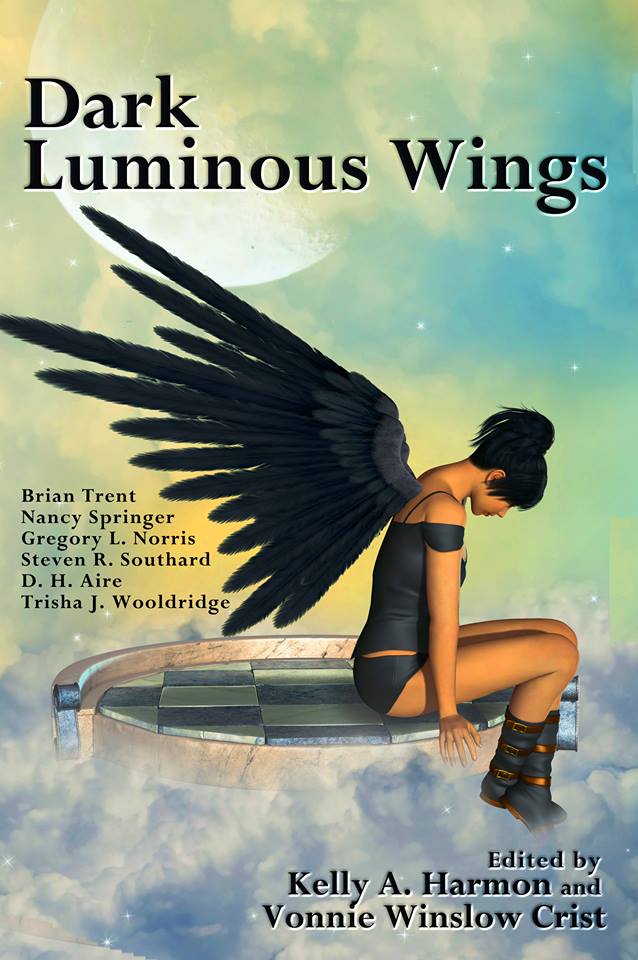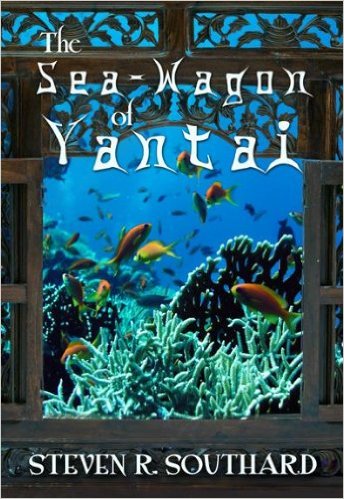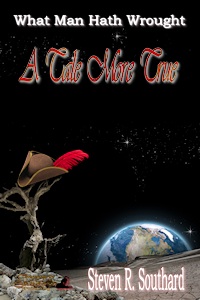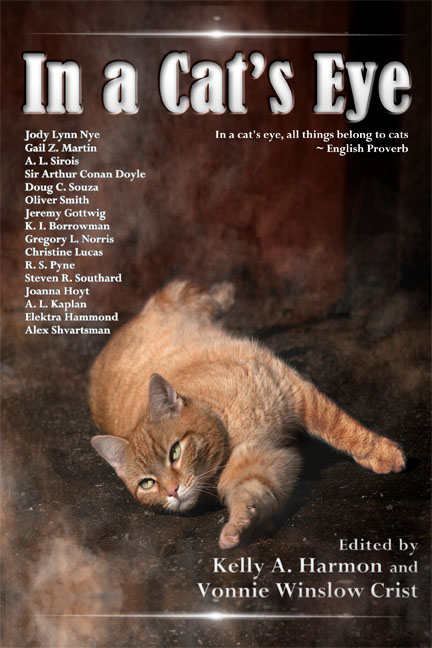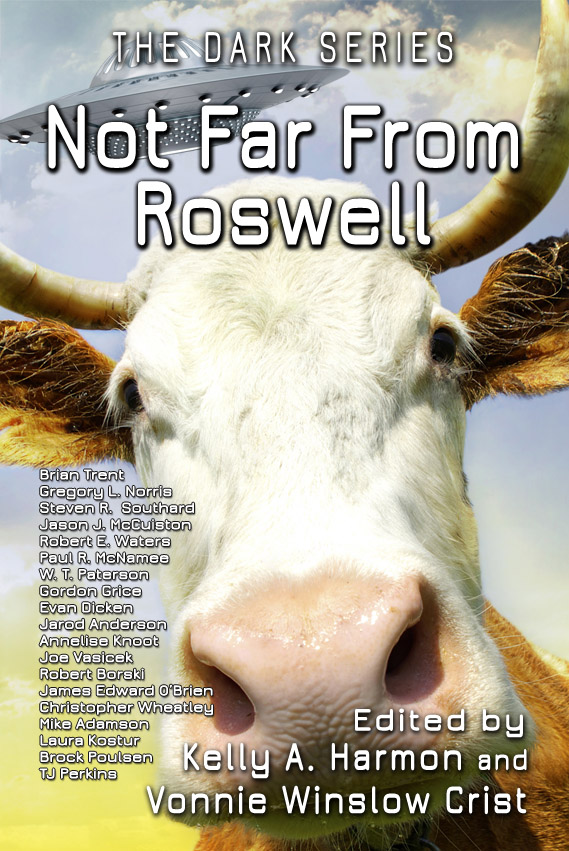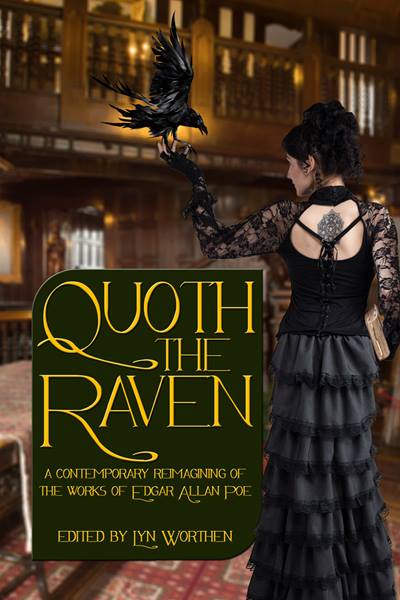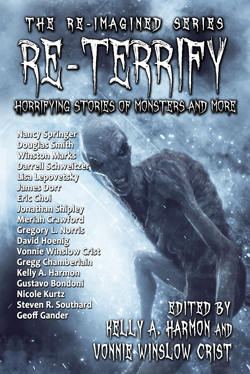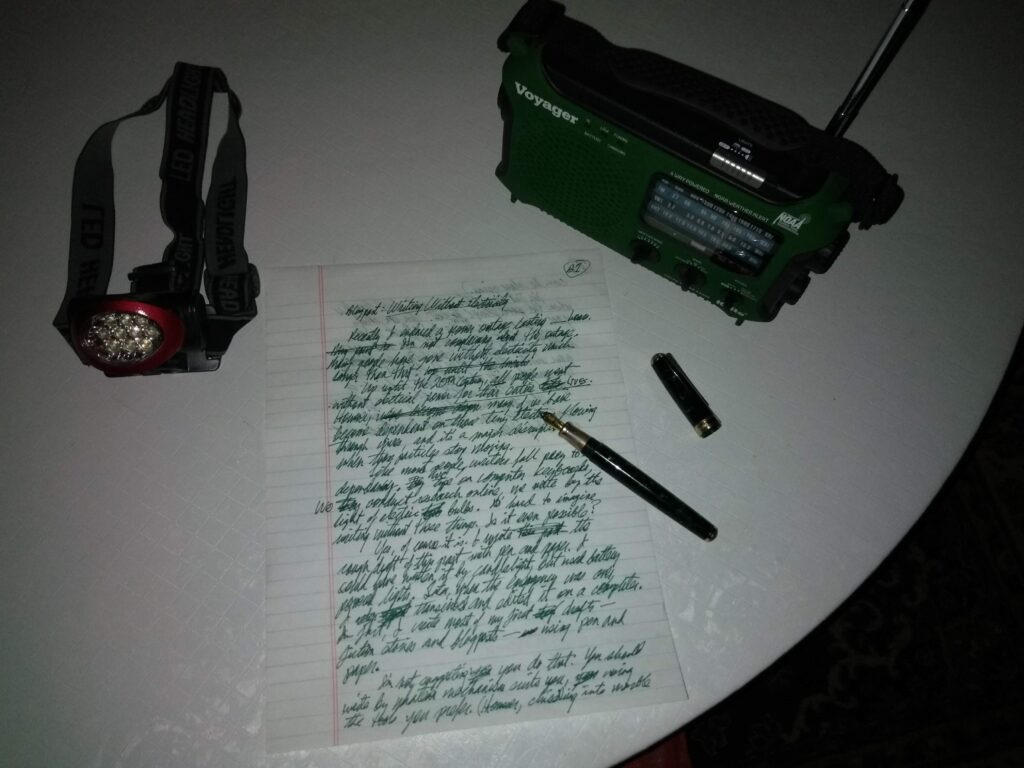When I write, I wear six hats. Well, not at the same time, and not literally. I recommend you do, too. Some of the hats may not fit well, at first, but you’ll come to like them all.
I’m talking about the Six Thinking Hats of Dr. Edward de Bono, popularized by his 1985 book of the same name. Author Mark Gilroy applied the 6 hats idea to writing in this fun and instructive blog post, and I’ll add my own spin on his ideas here.
When you wear any particular one of the colored hats, you’re adopting a specific persona, a mindset that drives your thoughts. They are as follows:
- Green is for new ideas, creativity, and innovation.
- Blue is for big picture thinking, management, and organization.
- Yellow is for positive thinking, optimism, and hope.
- Black is for negative thinking, pessimism, and skepticism.
- White is for non-judgmental information-gathering.
- Red is for feelings, emotions, and instinct.

The theory is that only by wearing each of the hats at different times is a complete, effective solution achieved.
For a writer of fictional stories, here’s a way to think of each hat:
- Green: story concepts, ideas for characters and settings
- Blue: outlining, organizing your thoughts, planning your marketing campaign
- Yellow: perseverance, overcoming disillusionment or loss of interest
- Black: subsequent drafts, editing, deleting, revising
- White: story research, brainstorming plot options
- Red: first draft, character motivation, building tension
To look at this in a different way, let’s consider different stages or activities involved in writing a story, and which hats you’d wear at each stage. I’ve listed several hats at each stage in a specific order. Since writers work alone, or collaborate with one or a few others, I don’t consider it necessary to follow Dr. de Bono’s strict methods, which are intended for business teams.
| Activity | Hat Sequence |
| Conceiving idea for story | Green, Blue, Yellow, Black |
| Researching for story | White, Blue |
| Outlining story | Blue, Red, Green, White, Yellow, Black |
| Writing story | Red, Blue, Green, Yellow, Black, White |
| Self-editing story | Black, White, Blue |
| Resolving feedback on story from others | Black, White, Blue |
| Marketing story after acceptance | Red, Blue, Yellow, Green |
As I mentioned earlier, not all the hats will feel comfortable to you. That is, some mindsets may be difficult for you to think in. Some writers don’t plan well or do outlines, so the blue hat may pinch a bit. Others get partway through writing and lose interest or get depressed about how poor they write, and they’ll dislike the yellow hat’s style.
Whichever hat is difficult for you, that’s the one you need most. That’s the one that will help you become a well-rounded writer.
Here you go—six (figurative) hats, all in great condition. Wear them well. With any luck, you’ll write better and look at least as dapper as—
Poseidon’s Scribe


